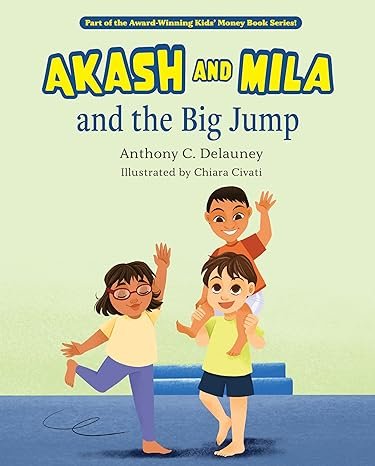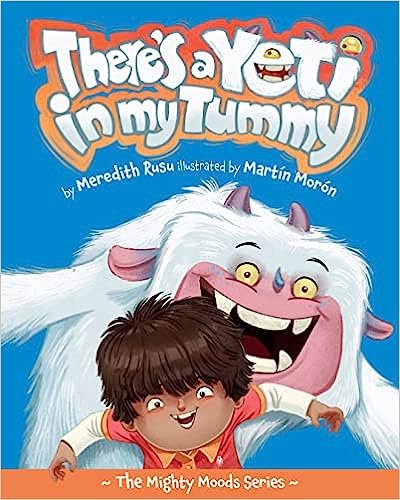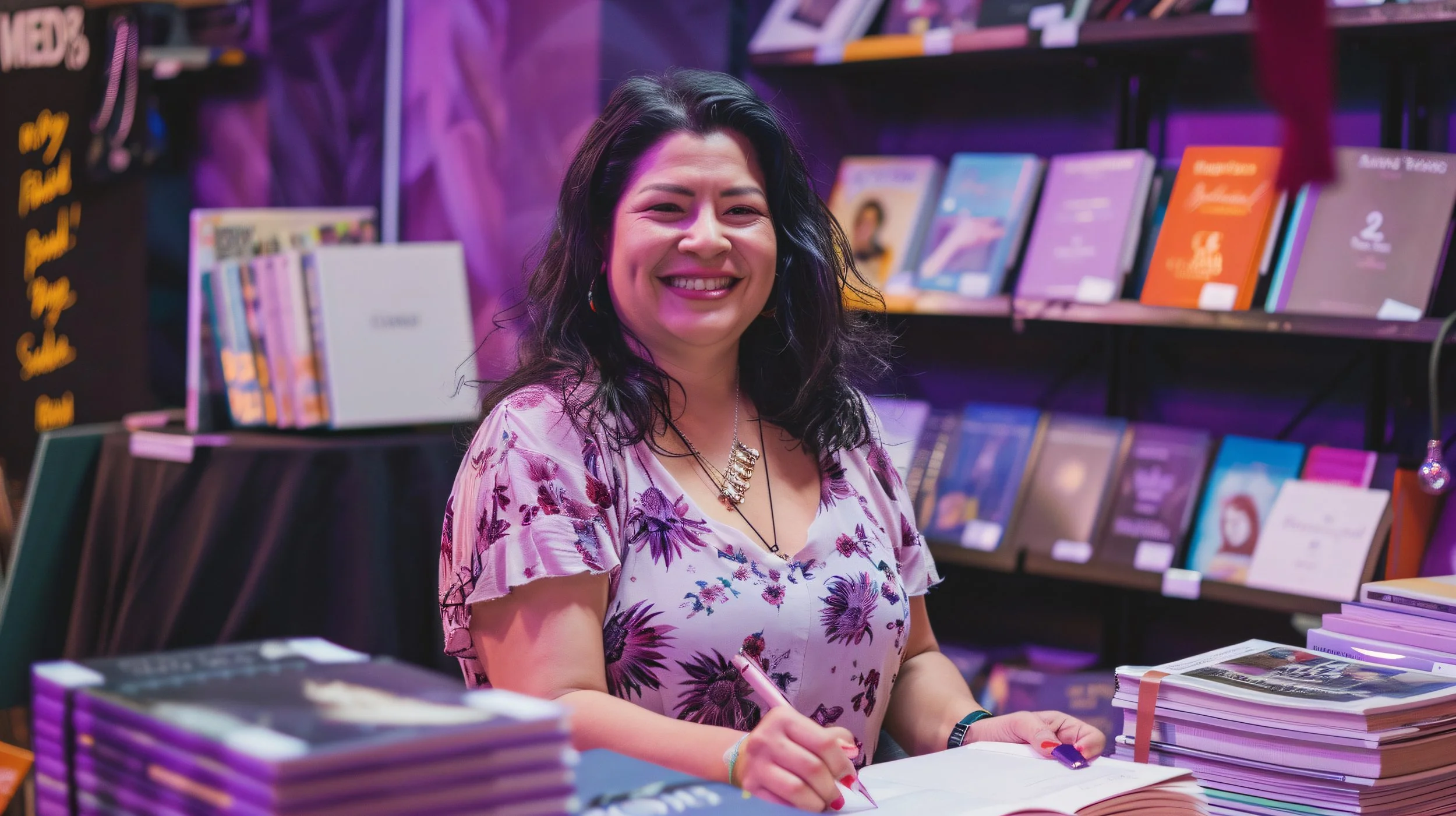Q&A with Aundrea Mitchell, narrator of Beneath the Lake
/When did you know you wanted to be an audiobook narrator?
I was listening to more and more audiobooks and I just kept getting the urge to do it.
How did you wind up narrating audiobooks? Was it always your goal or was it something you stumbled into by chance?
I just researched until I found ACX, and on their website it talked about what you needed, how to do it and I just went for it.
Did you find it difficult to “break into” audiobook narration? What skill/tool helped you the most when getting started?
No, it was not difficult to break in but to stay in is a totally different story.
A lot of narrators seem to have a background in theatre. Is that something you think is essential to a successful narration career?
I don’t know if it’s essential, I have a very limited background from when I was in school. I love theater. However now I do find training very important. Getting an instructor for the type of narration you want to perform, attend seminars and classes in both performance and audio
technology – you should really know how to use the equipment you are utilizing and some employers’ will only accept your work if you are using certain technology.
What type of training have you undergone?
I am seeing a coach for non-fiction (Sean Pratt-@SPPresents) and another for fiction (Andi Arndt - @andi_arndt). Between the two a variety of topics in narration and the business of narration are covered. I see improvement every time I have a session, which is really encouraging, I am lucky that although I may not have years of professional acting or collegiate acting training I am able to utilize my coaches to help me improve and to learn more about what it is that I do.
How do you manage to avoid burn-out? What do you do to maintain your enthusiasm for narrating?
For me it is a combination of things. Because of the performance aspect, if I am not feeing it, I try not to push through. I will walk away and do some of the many other things I am responsible for in real life. My hours are really flexible because I work out of a home studio, so sometimes it is just as simple as hanging out with the family. Other times, I find that listening to others narrate in the genre’s I work in really helps. Especially when they are good they will motivate me to want to get back in the booth.
Are you an audiobook listener? What about the audiobook format appeals to you?
Yes I am constantly listening! I love audiobooks! For me, I find myself listening while I am doing housework or playing the driver to the kids.
What are your favorite and least favorite parts of narrating an audiobook?
My favorite is recording, getting to immerse myself into another world. I also love the read through of the book; it really gets me excited and helps me to plan out where I am going to go. I guess editing is my least favorite part, but only in comparison to the other parts, I love to do it,
just not as much as performing or reading.
If you could narrate one book from your youth what would it be and why?
I Know Why the Caged Bird Sings – that book spoke to me in my soul on so many different levels I can’t even fully describe!
What do you say to those who view listening to audiobooks as “cheating” or as inferior to “real reading”?
Maybe to them, but as a mother of five kids, I know everyone does not learn the same way, receive things the same way and we are very lucky to live in a time that we have audiobooks as a way for people to enjoy books.
What’s next for you?
The Elk Riders Series Book 1 – In the Darkness Visible and Book 2 – Voyage of the Elawn by Ted Neil.
About Aundrea Mitchell
After receiving her B.S. and MBA with a concentration in Health Care Management, Aundrea fell madly in love and decided to start her family. Ten years and five children later she was quickly living the full time wife, mother and household management life. Needing a temporary escape from time to time Aundrea returned back to her first love - reading! After devouring everything she could get her hands on she thought, -what if she could mix her love of performance and literature in a professional capacity? Once getting involved in the world of book narration she quickly became hooked and when not with her family you can find her in her studio working hard to grow in her own storytelling
abilities.























































